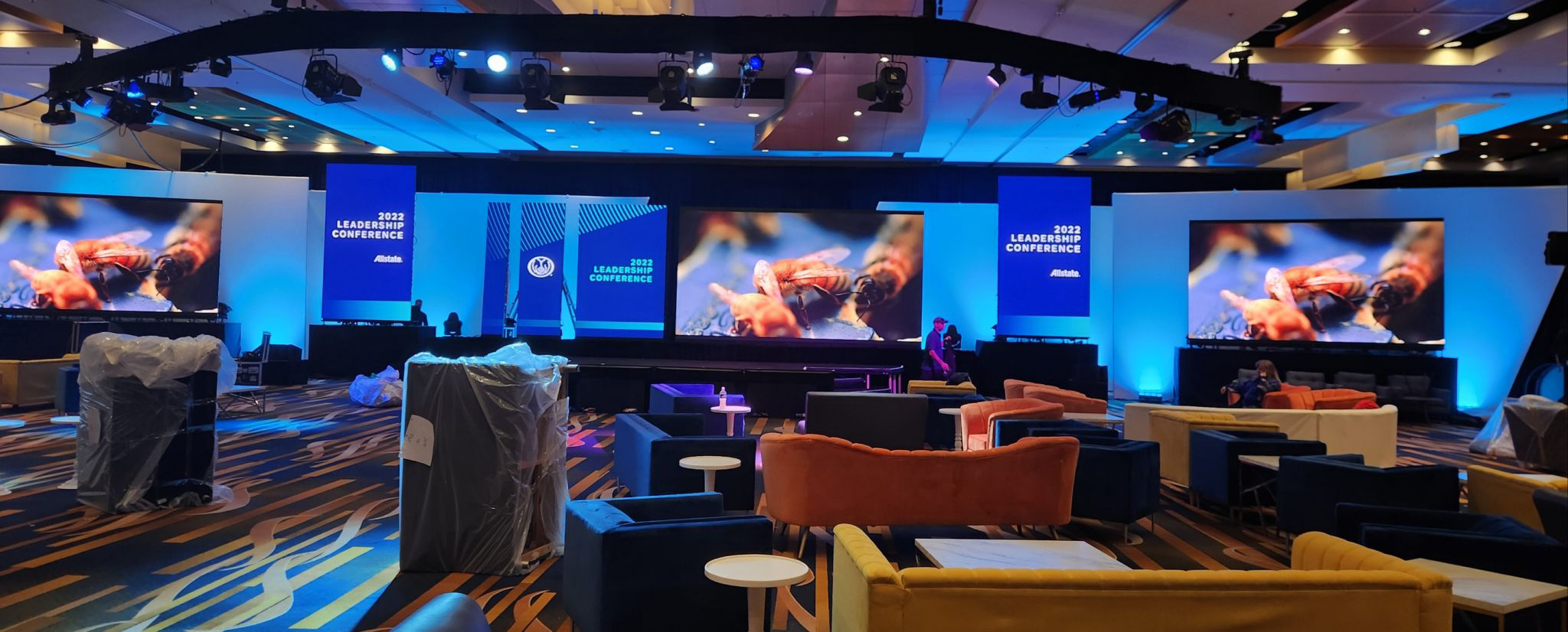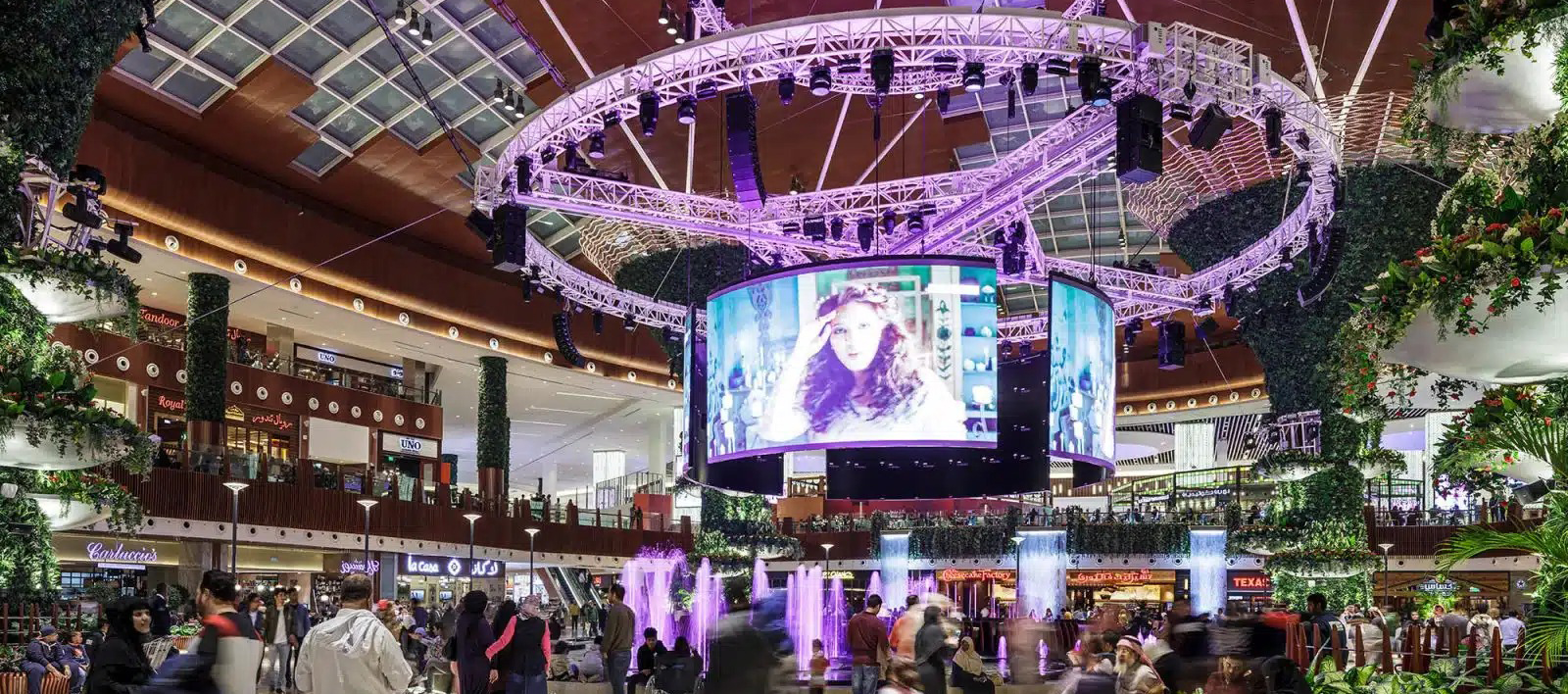1. introduction

The continuous innovation of LED display technology allows us to witness the birth of fine pitch LED display. But what exactly is a fine pitch LED display? In short, it is a kind of LED display using the most advanced technology, with extremely high pixel density and excellent color performance, allowing you to immerse in the visual feast of high definition and brilliant colors. Next, this article will discuss the technical principles, application areas and future development trends of fine pitch LED display, and bring you to enjoy the wonderful world of LED display!
2. Understanding the core technology of fine-pitch LED displays
2.1 Fine Pitch Definition
Fine pitch LED display, as the name suggests, is a kind of LED display with very small pixel pitch, which is characterized by the distance between pixels being so close that the human eye can not distinguish individual LED pixels when viewed at a close distance, thus presenting a more delicate and clear image effect. Compared to traditional LED displays, fine pitch LED displays have a qualitative leap in pixel density and resolution, allowing for higher clarity and truer color performance.
2.2 What is P-value (Pixel Pitch)
P-value, i.e. pixel pitch, is one of the important indexes to measure the pixel density of LED display. It represents the distance between two neighboring pixels, usually measured in millimeters (mm.) The smaller the P-value, the smaller the distance between pixels, the higher the pixel density, and thus the clearer the display. Fine pitch LED displays usually have smaller P-values, such as P2.5, P1.9 or even smaller, which means they are able to realize more pixels on a relatively small display area, presenting a higher resolution image.
![]()
2.3 Standards for Fine Pitch (P2.5 and below)
Generally speaking, the standard for fine pitch LED displays is a P-value of 2.5 and below. This means that the spacing between pixels is very small, which can realize high pixel density and high resolution display effect.The smaller the P value is, the higher the pixel density of fine pitch LED display, and the better the display effect will be.
3. Technical Characteristics
3.1 High resolution
Fine pitch LED display has extremely high pixel density, which can present more pixels in the limited screen space, thus realizing higher resolution. This brings sharper details and more realistic images to the user.
3.2 High Refresh Rate
Fine pitch LED displays have a fast refresh rate, capable of updating image content tens or even hundreds of times per second. A high refresh rate means a smoother picture, which reduces image ghosting and flickering, and presents a more comfortable visual experience for the viewer.
3.3 High Brightness and Contrast
Fine pitch LED displays provide high brightness and high contrast, even in bright environments. Whether indoors or outdoors, the clarity and vividness of the image can be maintained, providing better performance for advertising displays, stage performances and other occasions.
3.4 Color consistency and reproduction
Fine-pitch LED display has excellent color consistency and color reproduction, which can accurately restore the original image color. Whether it is red, green or blue, it can maintain a uniform hue and saturation.
4. Manufacturing process of
4.1 Chip manufacturing
The core of fine-pitch LED display is its high-quality LED chip, LED chip is the light-emitting unit of the display, which determines the brightness, color and life of the screen. The chip manufacturing process includes epitaxial growth, chip production and testing steps.
LED material is formed on the substrate through epitaxial growth technology and then cut into tiny chips. A high-quality chip fabrication process ensures that LED chips have higher brightness and longer life.
4.2 Packaging Technology
LED chips can only be effectively protected and used after encapsulation. The encapsulation process involves fixing the LED chip on a bracket and encapsulating it with epoxy resin or silicone to protect the chip from the external environment. Advanced encapsulation technology can improve the thermal performance and reliability of LED chips, thus extending the service life of the display. In addition, fine pitch LED displays usually use surface mount technology (SMD) to encapsulate multiple tiny LEDs in a single unit to achieve higher pixel density and better display effect.

4.3 Module Splicing
Fine pitch LED display is made of multiple LED modules spliced together, each module is an independent display unit. The precision and consistency of module splicing has an important impact on the final display effect. High-precision module splicing process can ensure the flatness of the display and seamless connection, so as to realize a more complete and smooth picture performance. In addition, module splicing also involves the design of electrical connections and signal transmission to ensure that each module can work together to achieve the best performance of the overall display.
5. Application Scenarios of Fine Pitch LED Display
5.1 Commercial advertisement

5.2 Conference and Exhibition

5.3 Entertainment Venues
5.4 Transportation and Public Facilities
6.conclusion
In conclusion, fine pitch LED displays mark a major advancement in display technology, providing clear, vibrant images and smooth viewing experiences. With their high pixel density and precise manufacturing, they are well-suited for various applications, from commercial advertising to entertainment venues. As technology advances, these displays will become even more integral to our daily lives, setting new standards for digital content and visual communication.
If you have more questions about fine pitch LED display, please contact us, we will provide you with detailed LED display solutions.
Post time: Jun-03-2024

